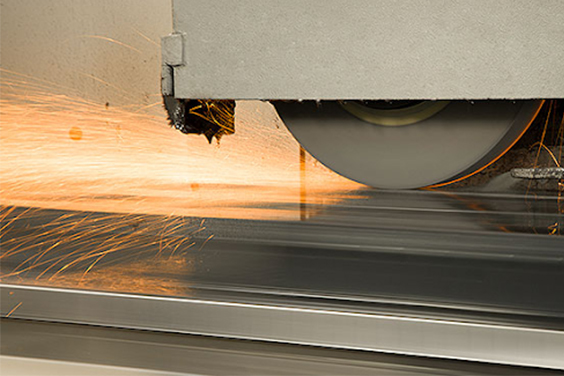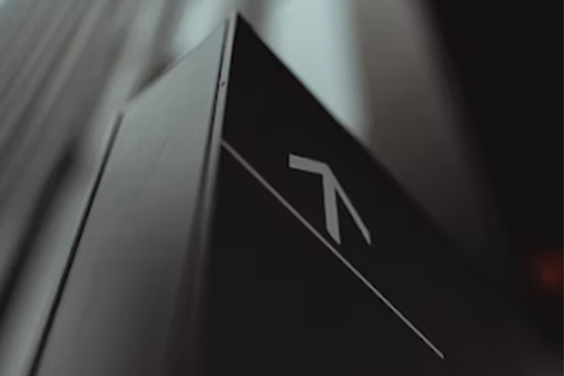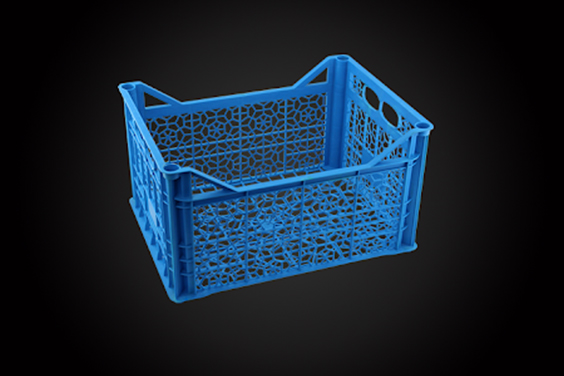Why Use CNC Machining for Mold Making
- Home
- > Blog
- > Why Use CNC Machining for Mold Making
Share :
Share :
Mould producers are increasingly relying on high-speed cutting. Whereas EDM was originally the obvious choice, CNC machines have proven to be capable of not only reaching the required tolerances and finishes but also of simplifying processes. All of this is made possible by having the correct control.
The machine’s components, not the CNC, are the limiting element in deciding feed rates. The correct combination of machines and control may be game-changing for a firm, especially now when mechanics like continuous 5-axis machining are more available than ever. The correct combination of machines and control may be game-changing for a firm, especially now when mechanics like continuous 5-axis machining are more available than ever.
In this article, we are going to pinpoint out some of the attributes that make the usage of CNC machining quite appropriate. Let’s get to it!
What Exactly Is Insert Molding?
Computer Numerical Control (CNC) is a word used in automated production and industrial uses. As a result, CNC machining is a sort of manufacturing that employs computerized controls and equipment to remove layers of substances from a current inventory piece in order to build totally new custom-designed elements.
CNC machining is a flexible technology that may be used on a wide range of materials, including metals, hardwoods, plastics, glassware, foam, and other combinations. As a result of these factors, it is one of the most extensively utilized applications in the industrial industry, according to FOW Mould. Telecommunications is one of the businesses that use CNC machining because it demands tighter tolerances than other sectors.
How Does It Work?
We briefly discussed the procedure earlier, but here’s a more in-depth look. CNC machines use a CNC machining language to control a numerically controlled software program. This regulates the procedure’s feed rate, coordination, position, and tempo, among other things. CNC machining is perfect for creating metal and plastic parts because the software program manages the exact location and velocity significantly superior to a human cloud.
The first step is to produce a drawing using 2D or 3D CAD software and enter a machine-readable computer code. Workers then load the software, but prior to any machining occurring, a trained person double-checks everything. This is known as “cutting air” and is referred to as a trial run. In the production procedure, such a trial run is essential since any errors in speed or tool location might result in broken components or damaged machinery, which is both unneeded and preventable.
Why You Need to Use CNC Machining for Mold Molding
CNC machining is gaining popularity because it considerably simplifies the production procedure. The significant advantages of CNC machines have resulted in the replacement of operator-required gear in many circumstances. Despite the few drawbacks, CNC machining is nevertheless widely regarded by producers across all industries for fabrication and production uses. Here are some of the most important advantages for your company, industrial processes, and employees.
1. CNC machines Improves the Tempo and Efficiency of Manufacturing
CNC machines help producers to produce things at a significantly faster rate while maintaining the same high quality. While other production methods necessitate additional materials, CNC machining can complete the task without increasing costs.
CNC machines may work 24 hours a day, seven days a week, even on weekends and holidays. Only for upkeep, upgrades, or the input of a big venture will they be halted. Compared to traditional labour-intensive procedures, these machines can manufacture several orders significantly faster. CNC machines need fewer people, which saves time and finances in education.
2. Fewer Errors and Minimal material waste are the Results of Computer Control
It’s only normal for individuals to make blunders, but because CNC machining involves relatively few folks in the production procedure, the danger is greatly decreased. Note that the computer was programmed to accomplish a certain task with precise tolerances and criteria, and it will always follow the software’s instructions.
It definitely aids if the machine continuously executes repetitive procedures when operators enter design variables and specifications. Everything is done on a scale and according to standards, so there is nearly no waste. This could save you a lot of money and time in the long run.
3. CNC Machines are Less Dangerous to Use
The procedure is completely automated, with the exception of people entering the code and servicing the equipment. This eliminates the need for operators to be close to the cutting instruments. This has resulted in fewer occupational health and safety incidents, which is a huge win for both the company and the employees. Although using a CNC machine is not as straightforward as using a cordless drill, with little instruction and practice, it is quite simple to use.
4. Provides for Enhanced Creation in a World that is Ready for the Future
When it comes to creation, CNC plays a crucial role because there are various operations that these machines can execute. Welding metal sheets, ripping, punching holes, and flame cutting are all examples of this. CNC machines can make incredibly intricate designs that manual machines would be unable to duplicate due to their remarkable precision. They are incredibly adaptable and should be your preferred choice thanks to the operator configuring the machine.
Because CNC machines can be found in practically every industry, incorporating them into your company can help you plan for the future. When you consider how far technology has progressed in only the previous ten years, the production sector appears to be in good shape, especially with CNC on its side. You can keep up with all the newest trends, design revisions, building codes, and other regulations thanks to the advanced features.
Conclusion
So, while you may be used to conventional mould making, the benefits that come about using CNC machining are quite considerable. Working with a qualified team of engineers will show that our company is not only equipped but has all the necessary skills and manpower to meet your needs. Contact us and let us be your partner in accomplishing your mould goals.







